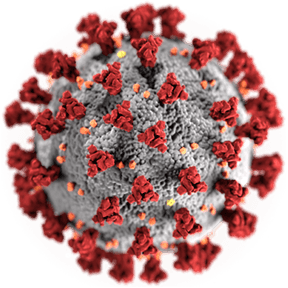In hospitals around the world, doctors are shaking their heads in disbelief as they watch COVID-19 patients who should be comatose or “seizing” from hypoxia, a lack of oxygen in the body’s tissues, check social media, chat with nurses and barely complain of discomfort while breathing.
Some have dubbed them “happy hypoxics,” a terrible misnomer for what could be a long, slow recovery, or worse.
The proper medical term is “silent hypoxia.” It happens when people are unaware they are being deprived of oxygen and are therefore showing up to the hospital in much worse health than they realize.
Typically, these patients have experienced some COVID-19 symptoms for two to seven days before they show up at the hospital complaining of sudden chest tightness or an inability to breathe deeply, said Dr. Richard Levitan, who’s been an emergency room physician for some 30 years.
While he practices at Littleton Regional Healthcare in New Hampshire in the US, Levitan recently spent almost two weeks volunteering in the emergency room of a New York City hospital near the epicenter of the city’s devastating outbreak.
There he watched patients come into the emergency room with blood oxygen levels as low as 50 per cent, so low they should have been incoherent, even unconscious. Normal blood oxygen saturation is between 95 per cent, and 100 per cent, and anything below 90 per cent is considered abnormal.
In addition, Levitan said, scans of these patients’ lungs showed signs of pneumonia so severe they should be in terrible pain as they gasp for their next breath.
“Their X-ray’s looked awful, their oxygen was terrible, and yet they’re completely awake, alert on a cell phone, and they all said is they’ve been somewhat sick for days,” he said.
“And then only recently did they notice either shortness of breath or fatigue or something else,” Levitan added. “That’s what is so fascinating about this disease and also so terrible.”




Leave a Reply